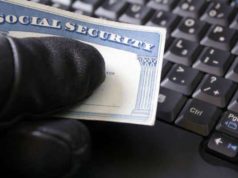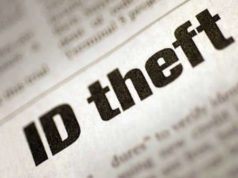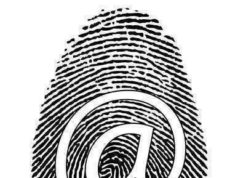
In the course of committing criminal identity theft in America, the perpetrator is very likely to also break other laws, as well, and to then wind up with a number of charges facing him or her, instead of just the charge for criminal identity theft.
This is to the benefit of the public, as such perpetrators are likely to face much more stringent penalties as a direct result of having broken all of these different statutes and suffering from associated charges. Most of these charges are related to the means of perpetrating criminal identity theft, as the means in and of themselves are separate crimes.
The first and most obvious is the correlation between identity theft and identity fraud. Criminal identity theft was made its own separate charge under the Identity Theft and Assumption Deterrence Act.
This means that one who commits acts of personal identity theft will obviously face charges for those crimes, but will also likely face charges for using the information gained in the act of identity theft. Impersonating another wrongfully in situations where identity is supposed to be verified is called identification fraud, and almost all charges of criminal identity theft will likely be associated with identification fraud.
Credit card fraud is another major associated charge of criminal identity theft, as one of the most prominent uses of personal identity theft is in using credit card numbers and information wrongfully. While credit card fraud does not necessarily involve personal identity theft, most often the two are connected, as credit card fraud requires certain information which likely can only be obtained through personal identity theft.
An act of credit card fraud is any in which a credit card is used fraudulent as a monetary source for a transaction. Using another's credit card information fraudulently, then, would be an act of credit card fraud, and would also be an act of personal identity theft, as it would involve stealing another's personal information. Fortunately, credit card fraud has been decreasing in recent years, even as overall criminal identity theft has been decreasing.
Yet another crime oft-associated with criminal identity theft is computer fraud. A fair portion of criminal identity theft involves purely physical information sources, such as papers with bank account numbers written on them, and therefore can completely bypass computers; but computer fraud is still one of the major sources of personal identity theft.
Computer fraud is best described as fraudulently hiding or altering data in an attempt to create an unfair advantage. As an example of a case in which the two could be related, one might attempt a criminal identity theft, stealing bank account information and then using it to conduct a number of transfers. Then, one might attempt to cover up the transactions, either by hiding them entirely, or by altering their terms such that they seem innocuous. This latter part would be computer fraud, associated with the earlier perpetrated criminal identity theft.
One final type of associated fraud is mail fraud, as a common form of criminal identity theft involves essentially hijacking mail in order to gain the information necessary to perpetrate identity fraud. Mail fraud is actually a fairly broad term, as it refers to any instance in which the postal system plays a role of any significance in an attempt to otherwise illegally gain money or valuables.
Some forms of criminal identity theft absolutely use the postal service in this fashion, not least because one of the easiest ways to obtain information necessary for perpetrating identity fraud is to get it through mail. Another manner in which mail fraud integrates into identity theft is in the act of perpetrators fraudulently putting in for a change of address for the person they are impersonating, in the hopes of obtaining more information and preventing the victim from discovering the fraud. Such criminal identity theft would be associated with mail fraud.





























